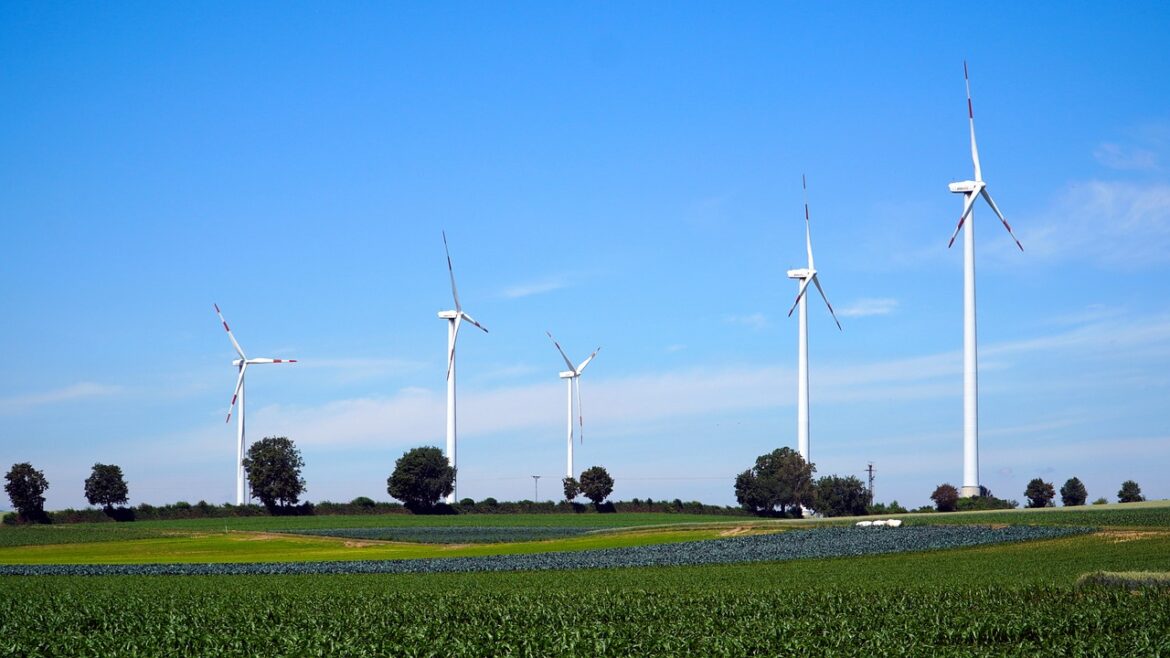Artificial Intelligence (AI) has become a hot topic far beyond tech circles, especially when it comes to tackling climate change and environmental issues. But if you think of AI only as futuristic gadgets or complex algorithms, think again. This story is about AI working in the trenches – optimizing energy, predicting disasters, and even highlighting some tough challenges it faces.
The Promise of AI for Climate Progress AI’s biggest advantage is its superpower to analyze huge amounts of data fast. Imagine trying to put together a puzzle the size of the planet, involving weather patterns, energy use, forest health, and social behaviors. AI can spot patterns and make predictions much quicker than traditional methods.
For example, Google has used AI to help drivers find the most fuel-efficient routes. This feature alone has prevented millions of metric tons of greenhouse gases — roughly the equivalent of taking hundreds of thousands of cars off the road.
But AI’s green footprint goes beyond just roads. Researchers at MIT spotlight how AI-powered models help optimize the energy grid, accelerating the shift to cleaner power sources. By embedding the physical laws of electricity flow into AI neural networks, they can solve power distribution issues at speeds traditional models simply can’t match.
Meanwhile, satellite imagery enhanced by AI now monitors deforestation, methane gas flares, and coastal erosion in real time, offering vital clues to where intervention is needed most urgently.
Real-world Impact: AI as an Early Warning System In Southeast Asia and East Africa, communities are safely weathering climate threats thanks to AI-enhanced early warning systems for floods and wildfires. These systems rapidly analyze data from multiple sources, alerting emergency responders and residents earlier than ever before.
This kind of AI use doesn’t just save property; it saves lives.
The Energy Elephant in the Room Ironically, AI’s benefits come with a significant sticker — its own energy demand. The massive data centers powering AI models consume enormous amounts of electricity, often from fossil fuel sources.
Recent studies reveal that data centers have doubled their energy consumption in just a few years, with the power mix becoming more carbon-intensive in some cases. For instance, some major data centers run on methane generators or coal-based electricity — a less-than-ideal scenario for climate goals.
Legislative moves, such as a proposed U.S. bill that could limit government regulation of AI energy use, worry climate experts. Such restrictions might slow the transition to energy-efficient AI technologies and make it harder to curb emissions from tech infrastructure.
Balancing Risk and Opportunity in Climate Justice AI’s impact on climate justice adds another layer of complexity. While AI can help spotlight environmental changes with unmatched precision, it may also deepen existing inequalities if vulnerable communities are underrepresented in its data.
For example, if AI models don’t account for the unique geography or social structures of certain areas, early warning systems and climate predictions could falter, leaving some populations at higher risk.
Experts stress that addressing these blind spots requires genuine collaboration between technologists, policymakers, and local communities.
Looking Ahead: Making AI Work for the Planet Ultimately, AI embodies both promise and prudence. The key question is how to harness its power responsibly.
Efforts are underway to improve energy efficiency in AI operations, to better integrate AI tools into the clean energy transition, and to ensure that AI-driven climate solutions are equitable and accessible.
Just as AI helped Google reduce millions of tons of emissions by smarter routing, the future could hold many more wins — if we manage to keep the planet’s energy balance in check while pushing AI forward.
So next time someone talks about AI, remember it’s not just about fancy smart machines. It’s about real-world impacts on the air we breathe, the grids that power our homes, and the communities that face the harshest blows of climate change.
References:
- https://hsph.harvard.edu/news/trump-megabill-preventing-artificial-intelligence-regulation-could-harm-planets-climate/
- https://www.cmu.edu/osher/teach-for-us/fall-2025_final-for-web_6.24.25.pdf
- https://news.mit.edu/2025/confronting-ai-energy-conundrum-0702
- https://svs.gsfc.nasa.gov
- https://hackaday.com/2025/07/03/ai-might-kill-us-all-with-carbon-emissions/
- https://holtz.com/blog/for-immediate-release/introducing-fir-on-strategy-with-andrea-vascellari
- https://news.climate.columbia.edu/2025/07/02/ai-and-climate-justice-balancing-risk-with-opportunity/
- https://www.nauticalcharts.noaa.gov/publications/coast-pilot/files/cp6/CPB6_WEB.pdf



